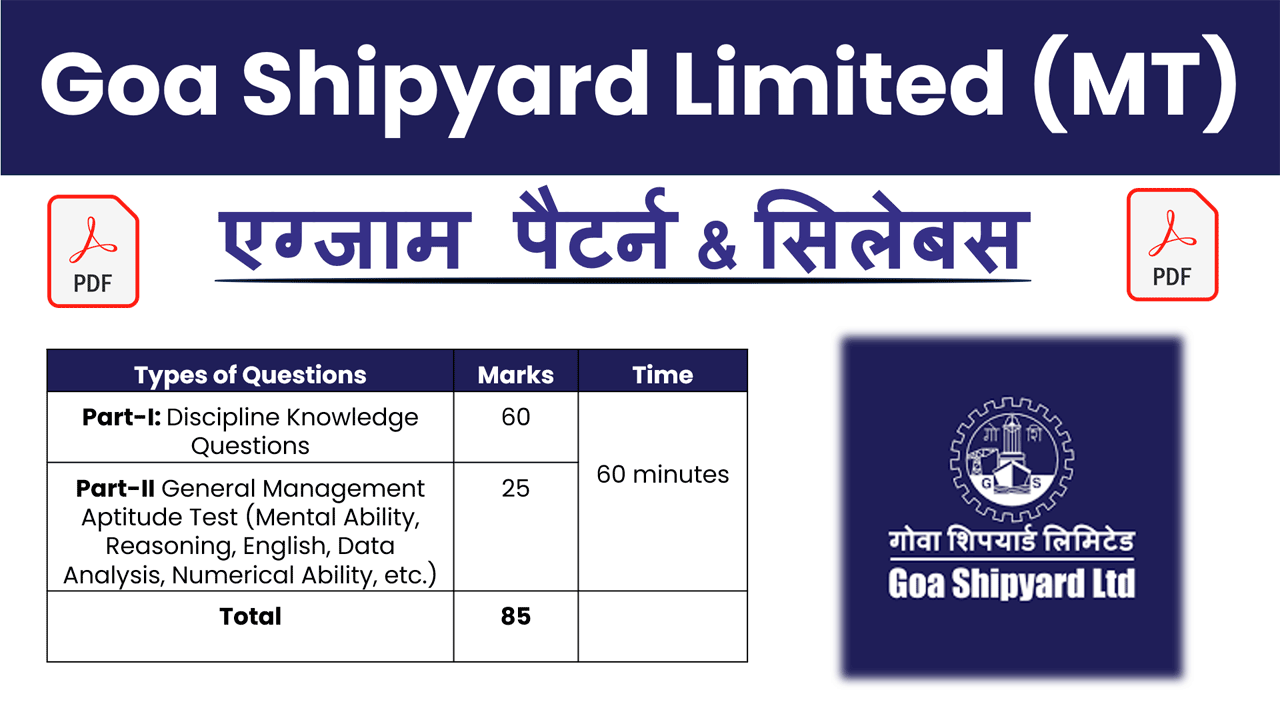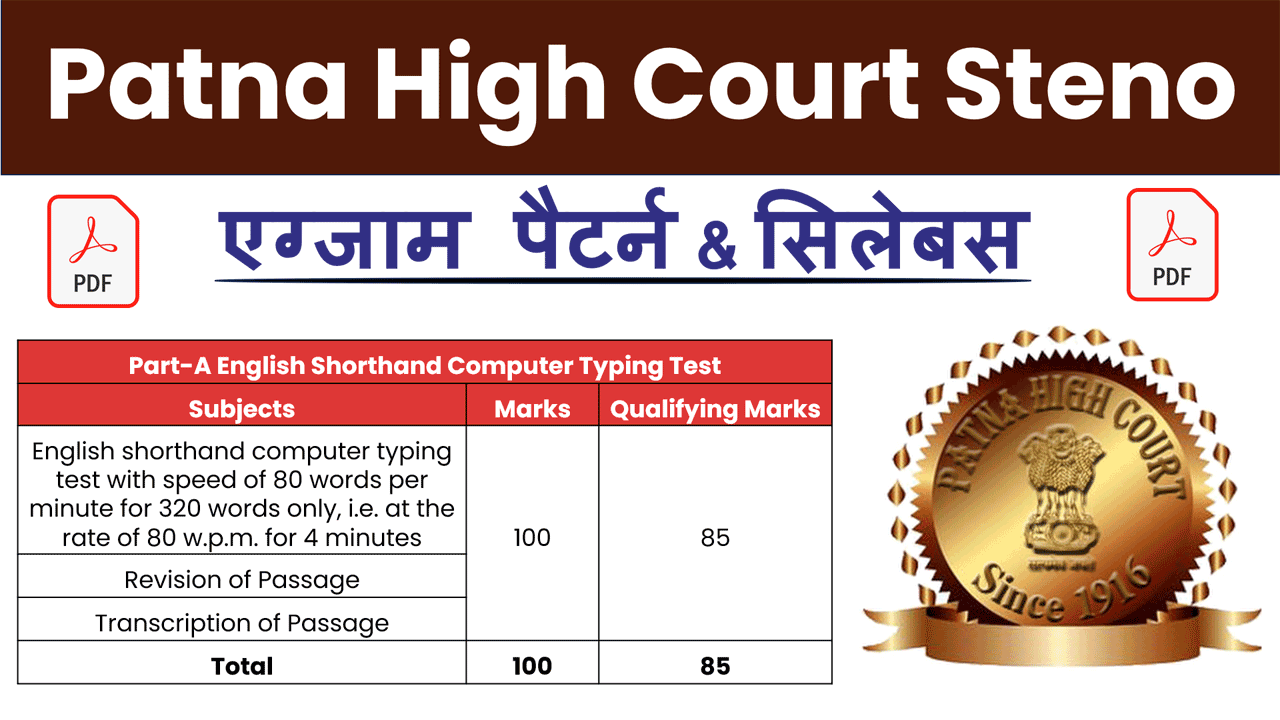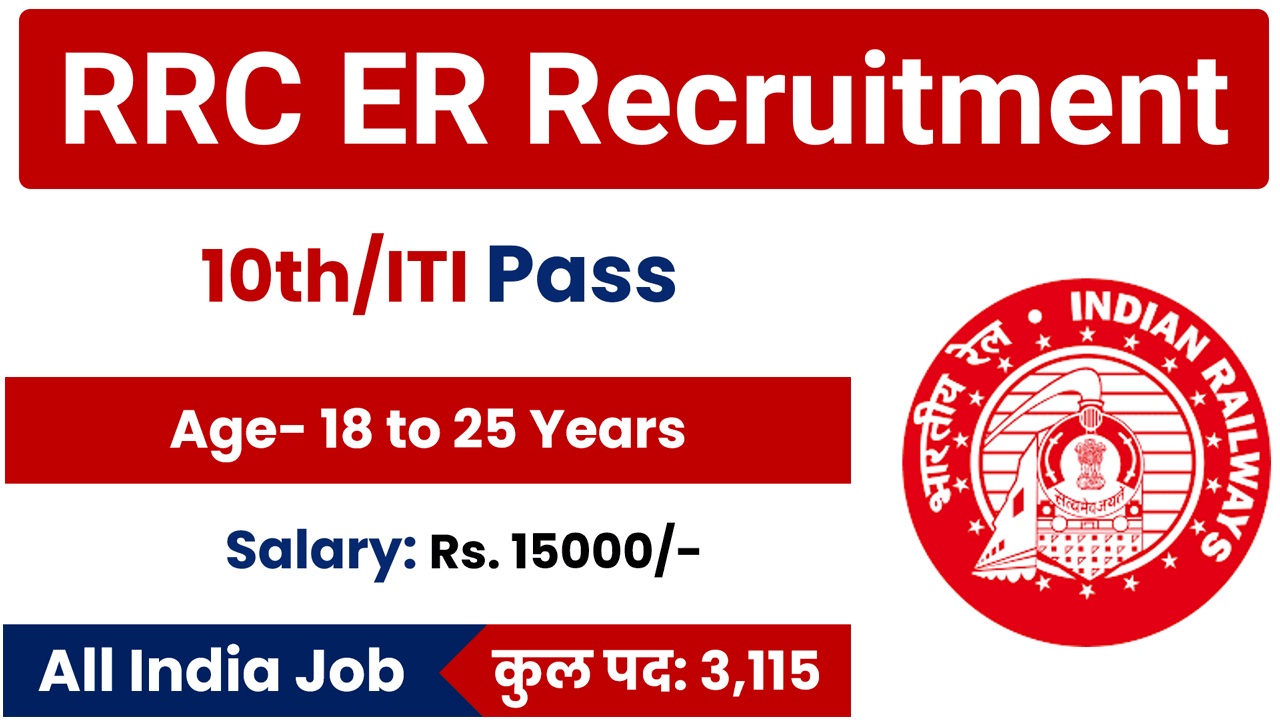Mastering Partnership Problems in Competitive Exams: A Comprehensive Guide: Partnership problems are integral to competitive exams that assess quantitative aptitude and logical reasoning. Whether you’re preparing for entrance tests, government job exams, or any competitive assessment, a thorough understanding of partnership concepts is essential for achieving success. This guide explores partnership problems in depth, providing you with all the essential knowledge to excel in this critical topic.
| Chapters | Download Links |
| Average📙 | Download 🔗 |
| Compound Interest📙 | Download 🔗 |
| Circle📙 | Download 🔗 |
| Cube & Cube Root📙 | Download 🔗 |
| Cuboid📙 | Download 🔗 |
| Cylinder📙 | Download 🔗 |
| Heights & Distance📙 | Download 🔗 |
| LCM & HCF📙 | Download 🔗 |
| Mixture and Allegation📙 | Download 🔗 |
| Partnership📙 | Download 🔗 |
| Percentage📙 | Download 🔗 |
| Profit, Loss & Discount📙 | Download 🔗 |
| Quadrilateral📙 | Download 🔗 |
| Ratio & Proportion📙 | Download 🔗 |
| Simple Interest📙 | Download 🔗 |
| Simplification📙 | Download 🔗 |
| Speed, Time & Distance📙 | Download 🔗 |
| Sphere📙 | Download 🔗 |
| Square & Square Root📙 | Download 🔗 |
| Time and Work📙 | Download 🔗 |
| Trigonometry📙 | Download 🔗 |
What is Partnership?
A partnership is a business arrangement where two or more individuals or entities come together to manage and share profits or losses based on their investment or contribution. In mathematical terms, partnership problems typically involve calculating shares of profit or loss distributed among partners based on their investments, time duration, and profit-sharing ratios.
Importance of Partnership in Competitive Exams
- Quantitative Aptitude: Partnership problems test your ability to calculate proportional shares of profits or losses based on varying investment amounts and durations.
- Business Mathematics: Understanding partnership concepts is crucial for fields like commerce, economics, and business management, where collaborative ventures and profit-sharing agreements are common.
- Problem Solving: Many competitive exams feature questions on partnership agreements, average investment calculations, and scenarios involving changes in profit-sharing ratios.
Types of Partnership Problems
- Simple Partnership: Involves scenarios where partners invest for the same duration, and profits or losses are distributed based on their investments.
- Compound Partnership: Deals with situations where partners invest for different durations, and calculations involve adjusting profits or losses based on the time each partner’s investment was active.
- Change in Partnership: Problems where new partners join or existing partners leave, resulting in adjustments to profit-sharing ratios or investments.
Tips for Mastering Partnership Problems
- Understand the Basic Formulas: Memorize and understand formulas for calculating shares of profit or loss based on investments, time duration, and profit-sharing ratios.
- Practice Different Scenarios: Solve a variety of partnership problems from previous years’ papers, mock tests, and textbooks to familiarize yourself with different types of questions.
- Logical Reasoning: Develop logical reasoning skills to interpret partnership agreements, calculate equitable distributions, and solve complex partnership-related scenarios.
Conclusion
In conclusion, mastering partnership problems requires not only mathematical proficiency but also logical reasoning and problem-solving skills. By practicing a diverse range of partnership problems and understanding the nuances of profit-sharing agreements, you can approach competitive exams with confidence. Remember, the ability to apply partnership concepts to real-world scenarios is a valuable skill that extends beyond exams.











